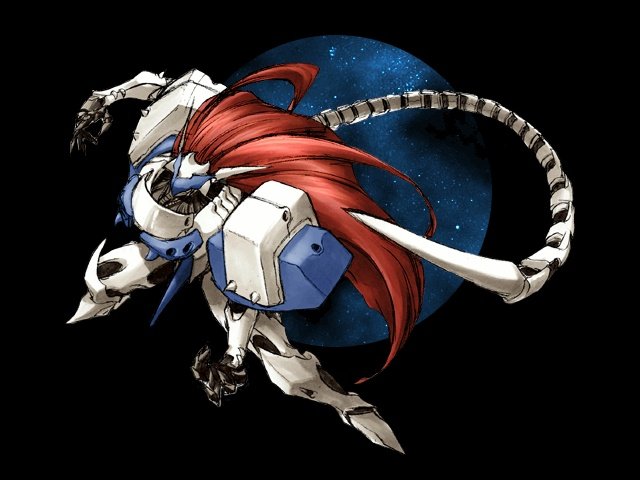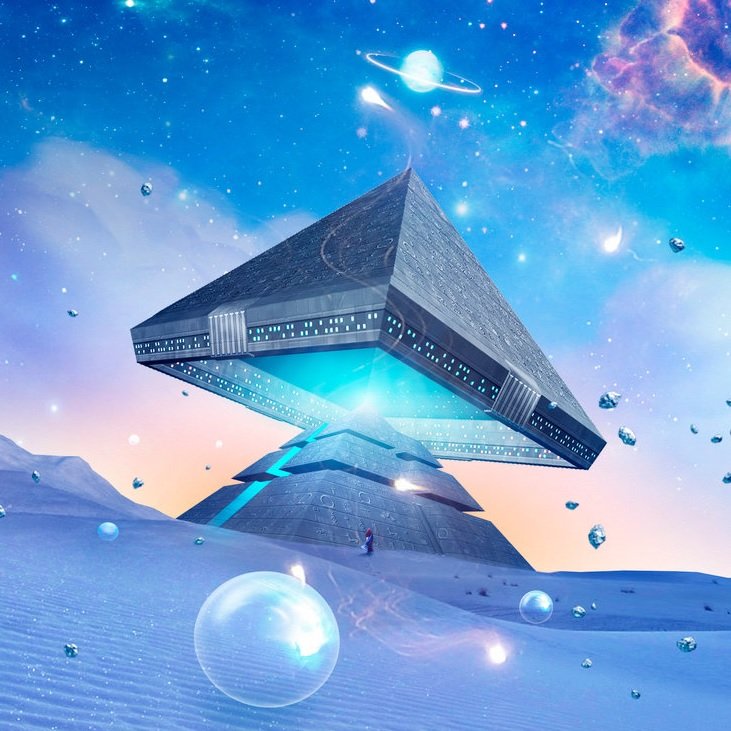SNK Bosses
/Be aware that the following may contain spoilers for certain games. Read at your own risk.
We are all familiar with bosses in video games. They stand in the way of the character’s path and represent huge threats that need to be brought down. They can range from many shapes and sizes, from tiny critters to giant colossi. You have bosses that are easy to deal with, and others that while challenging, but fun to fight.
And then you have bosses that are absolute nightmares to fight, removing all the fun aspects you have had and can take hours to beat.
Capcom felt that Akuma wasn’t already a difficult SNK Boss in his inclusion in Street Fighter II, and thus brought in this monster known as Shin Akuma into Street Fighter Alpha. Source: Capcom vs. SNK 2.
Enter the SNK Bosses, the most dangerous type of boss you could fight against in any game. They are most common in fighting games serving as the final boss, but they have made appearances in other game genres. These bosses take the challenging aspect of the game you’re playing and crank it up to such an absurd level that you can’t help but feel like they’re cheating to beat you… which they definitely are.
Such advantages that SNK Bosses will have include:
Being able to only block one way to avoid damage instead of a high and low block that everyone else needs.
Super meters that will recharge on their own, and very fast too, allowing them to unleash more powerful attacks, or having no meter and being able to use them any time they want.
Attacks that have massive priority and armour frames, negating all of yours and dealing 2/3’s of your health in one blow or instantly killing you.
Having three times the health and unable to be staggered by your attacks.
The list goes on…
SNK Bosses were created during the days of arcade machines where their absurd difficulty was used to separate players from their pocket change, and providing those who do beat them a spot in the High Scores table. The origin of these bosses came from the company SNK, in the form of Rugal Bernstein from The King of Fighters ‘94. Since his creation, many fighting games have since added these kinds of bosses in their own games, with the difficulty only getting harder with every new one that’s made.
This has also caused other companies like Capcom and Arc System Works to follow SNK’s example, creating their own SNK Bosses in their games that manage to be just as terrifying if not more so. An example on Capcom’s side is Shin Akuma from the Street Fighter series, who very quickly gained infamy for his difficulty and ridiculous damage. Another example is Justice from Arc System Works’ Guilty Gear series, whose massive size and zoning attacks (characters who attack from afar) that can reach all the way across the screen have made her a nightmare to fight.
You might be wondering why these kinds of bosses exist if they provide such a massive difficulty curve. The easiest answer for that is story purposes. These characters are often talked about in their respective games as being both powerful and terrifying and encounters against them will prove to players that such fear and hype is well deserving.
They aren’t just locked down to fighting games. Any games with a competitive nature and balance can also have these bosses as opponents. An example would be for racing games where the champion might have a car that is completely tricked out and knowledge of the whole course that gives them an advantage over you, regardless of what vehicle you choose.
Note that not all bosses that are super difficult are considered SNK Bosses. As stated above, only in games with a competitive nature will these bosses exist. In any other game genres like Role-Playing Games, the absurdly difficult bosses would instead be referred to as Superbosses, and that is a different list entirely.
So now you are a bit more familiar with this term and what it entails. Since the inclusion of Rugal in The King of Fighter series, many game companies have added their own SNK Boss into their games. For a majority of these bosses, they have tried to raise the difficulty for each one in every new game iteration. While some have lowered the difficulty to give players, especially newcomers of the genre, a chance to fight them, there is no denying that their creation has changed the fighting game genre.
Kyle Bacon
Kyle Bacon is a student at Algonquin with a passion for creative writing and video games. A quiet individual, but once you bring up a topic he likes, he will spend hours discussing it with you.
























